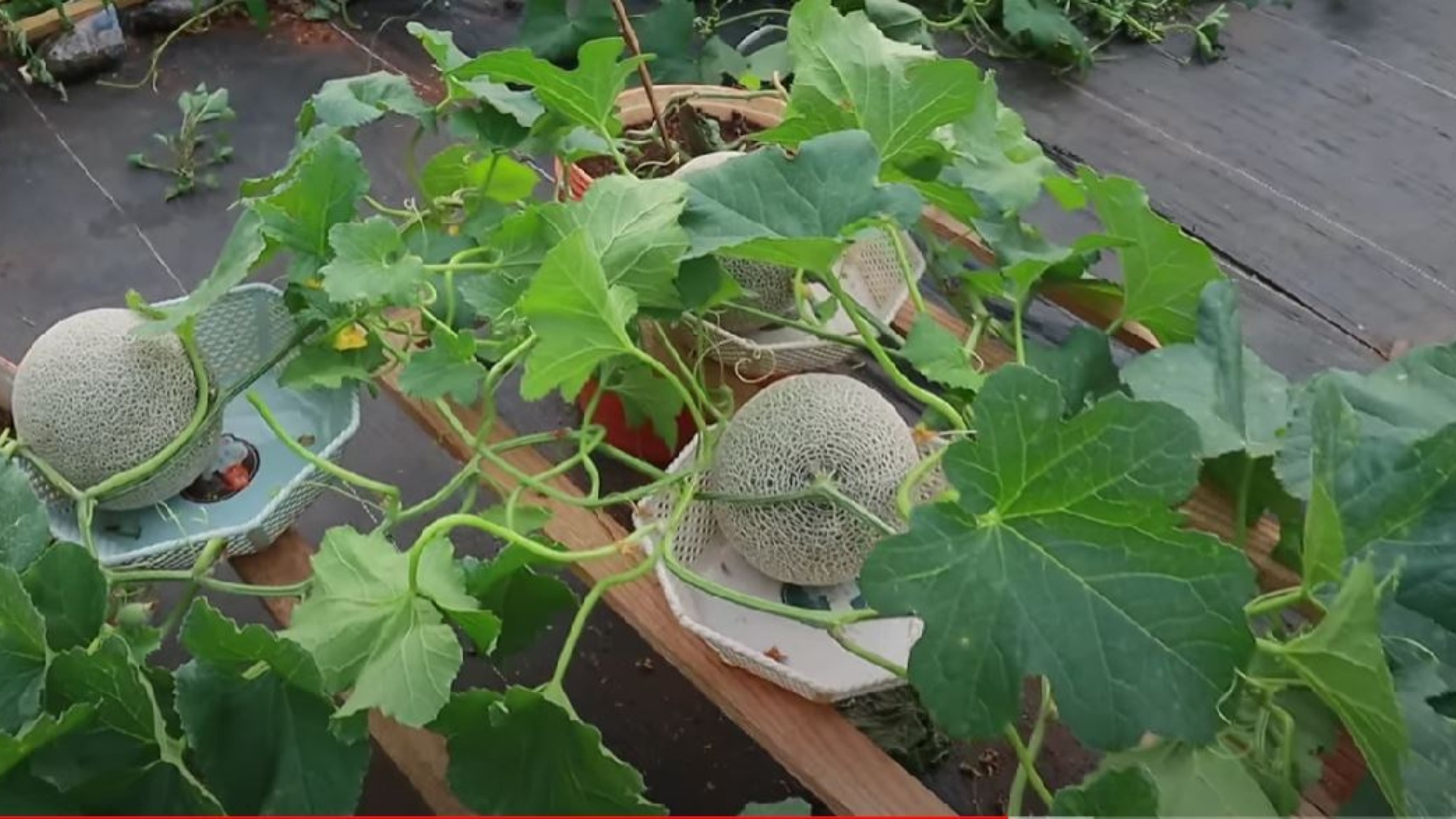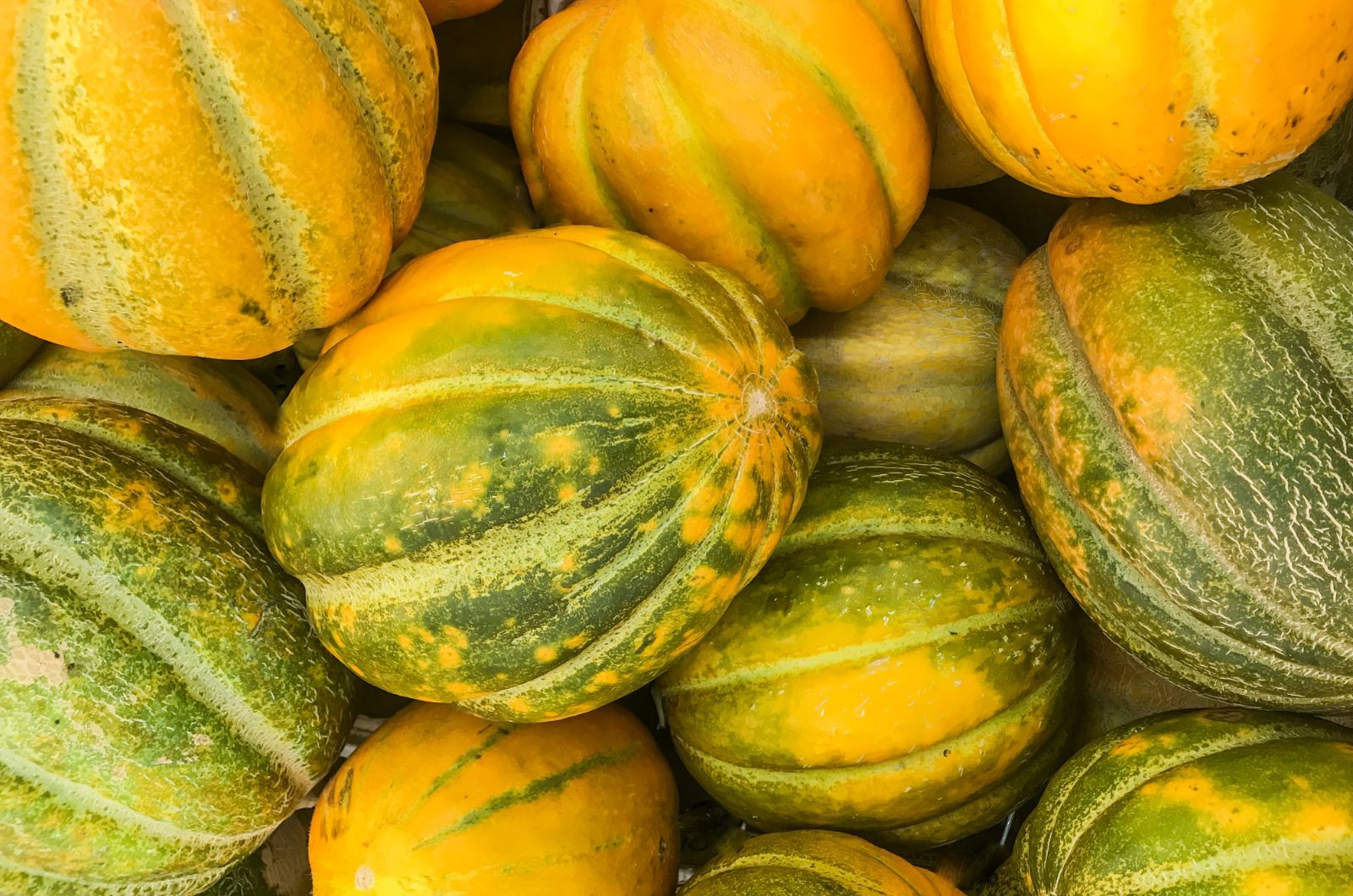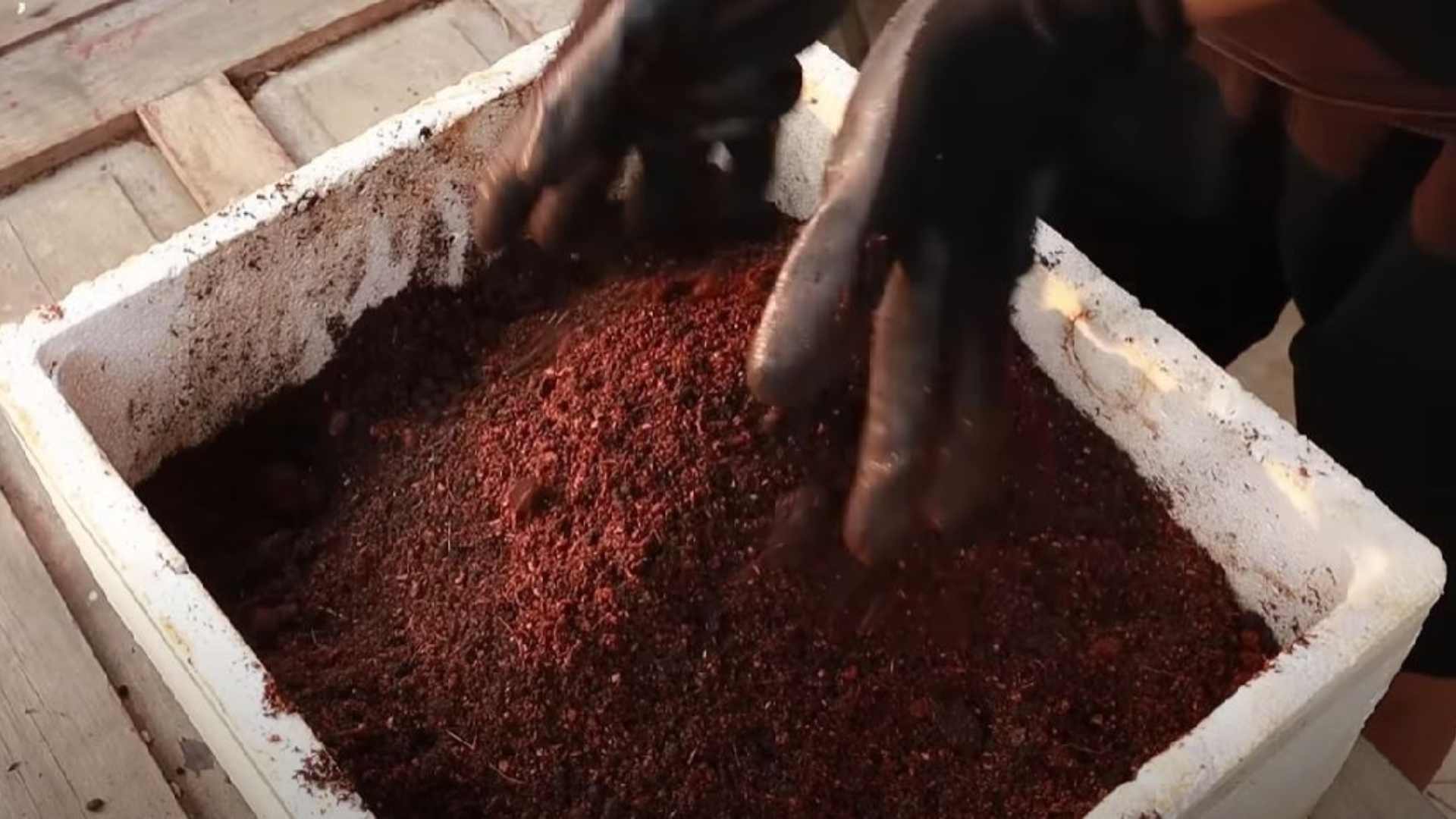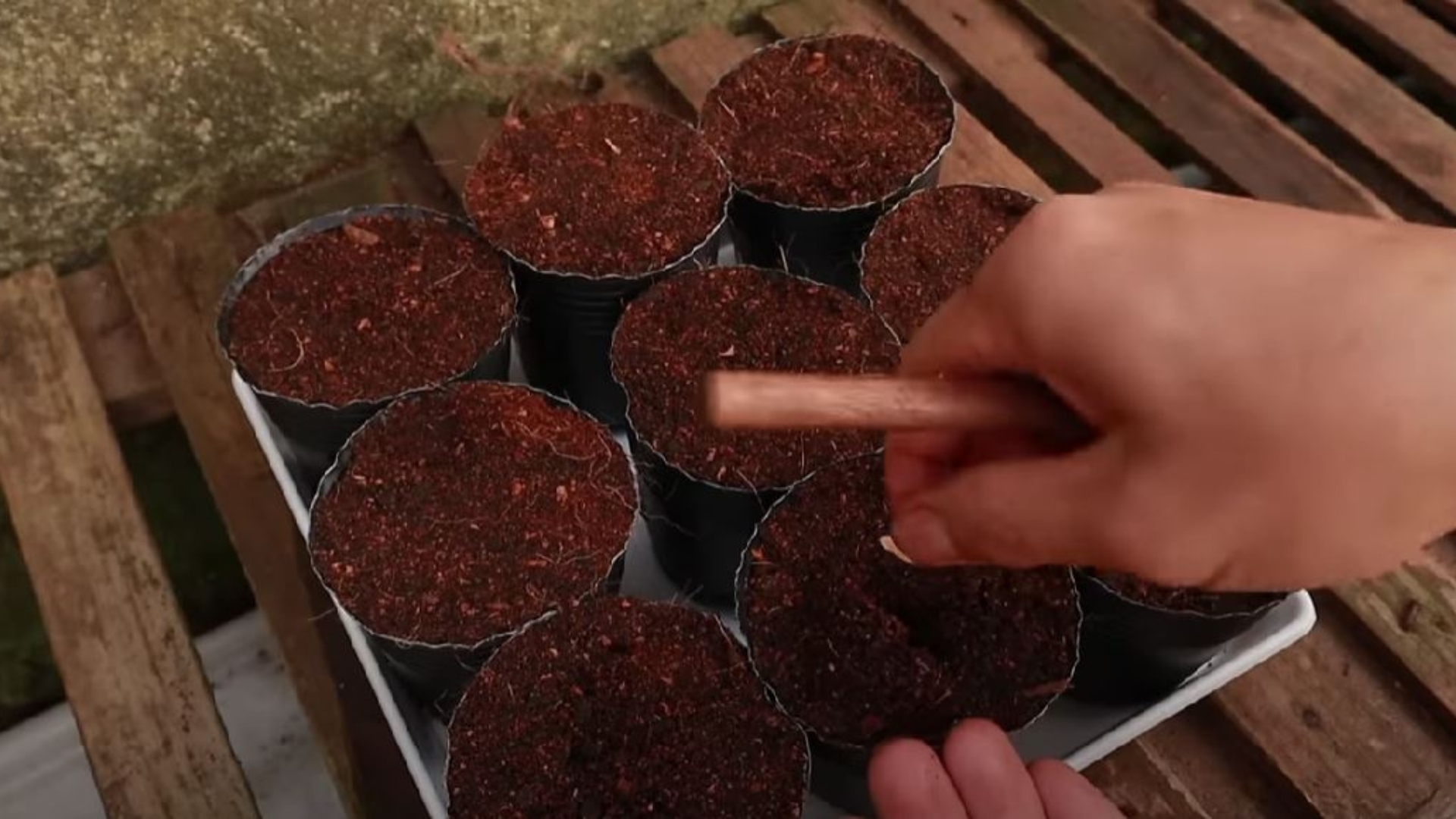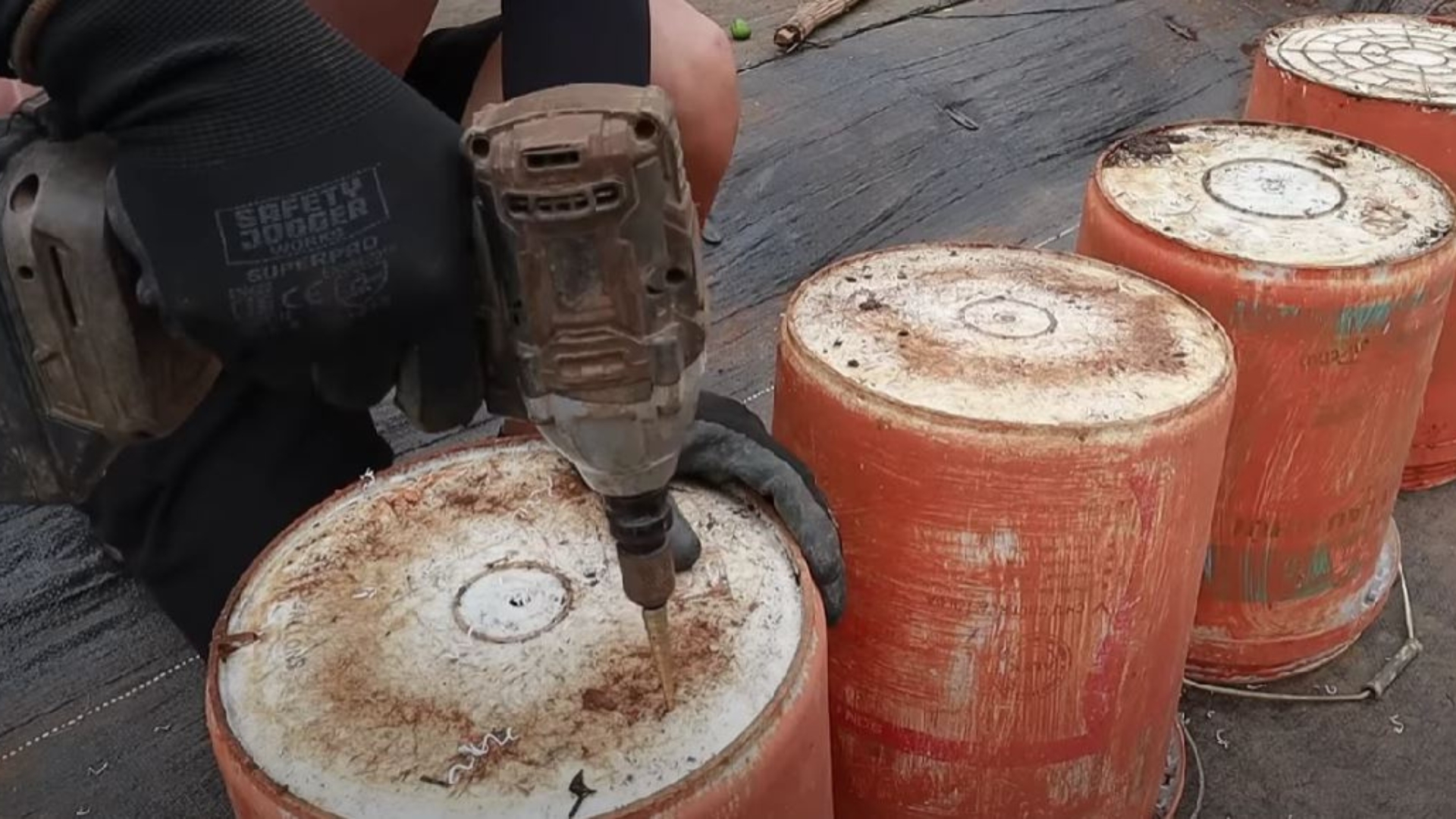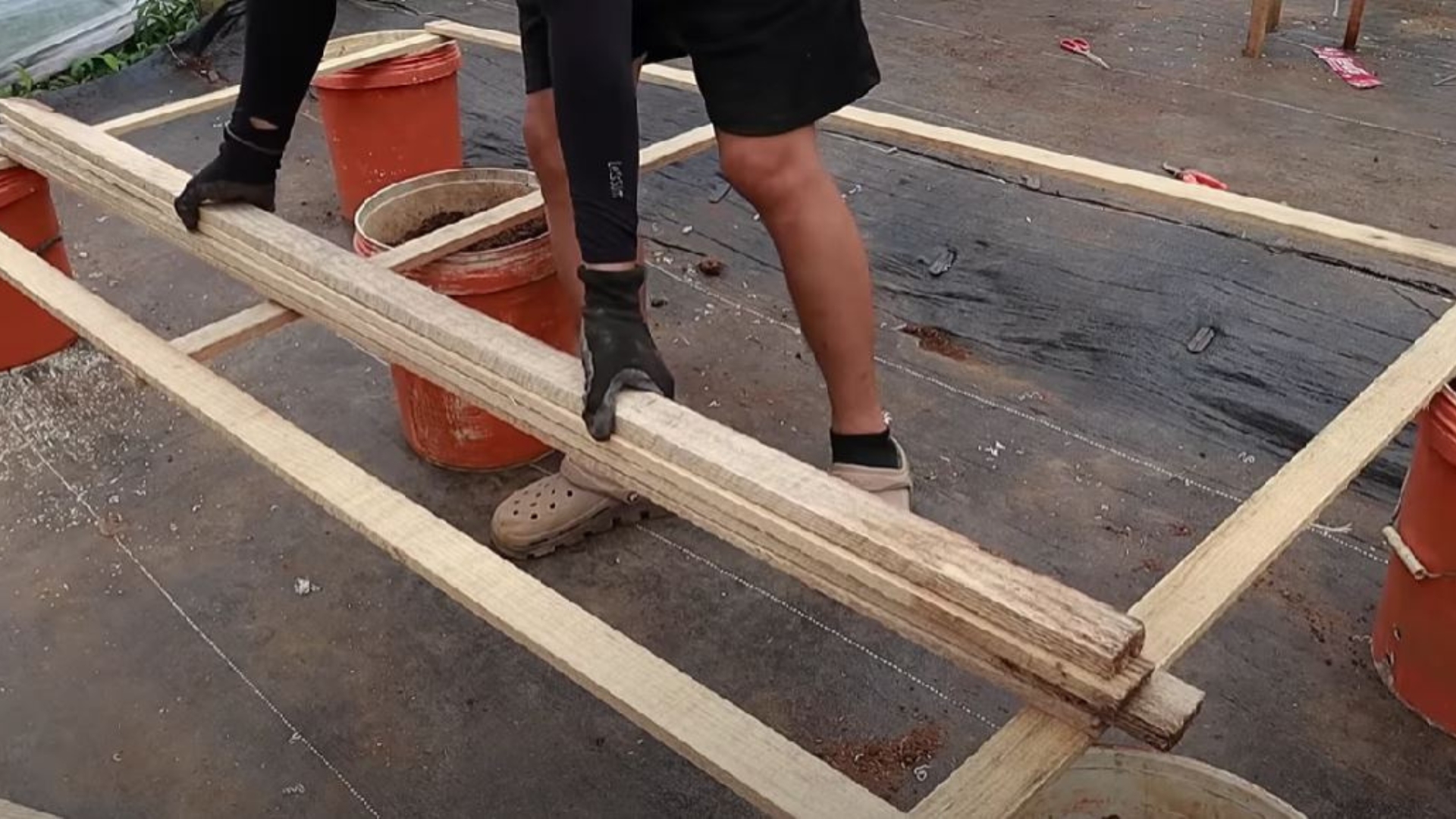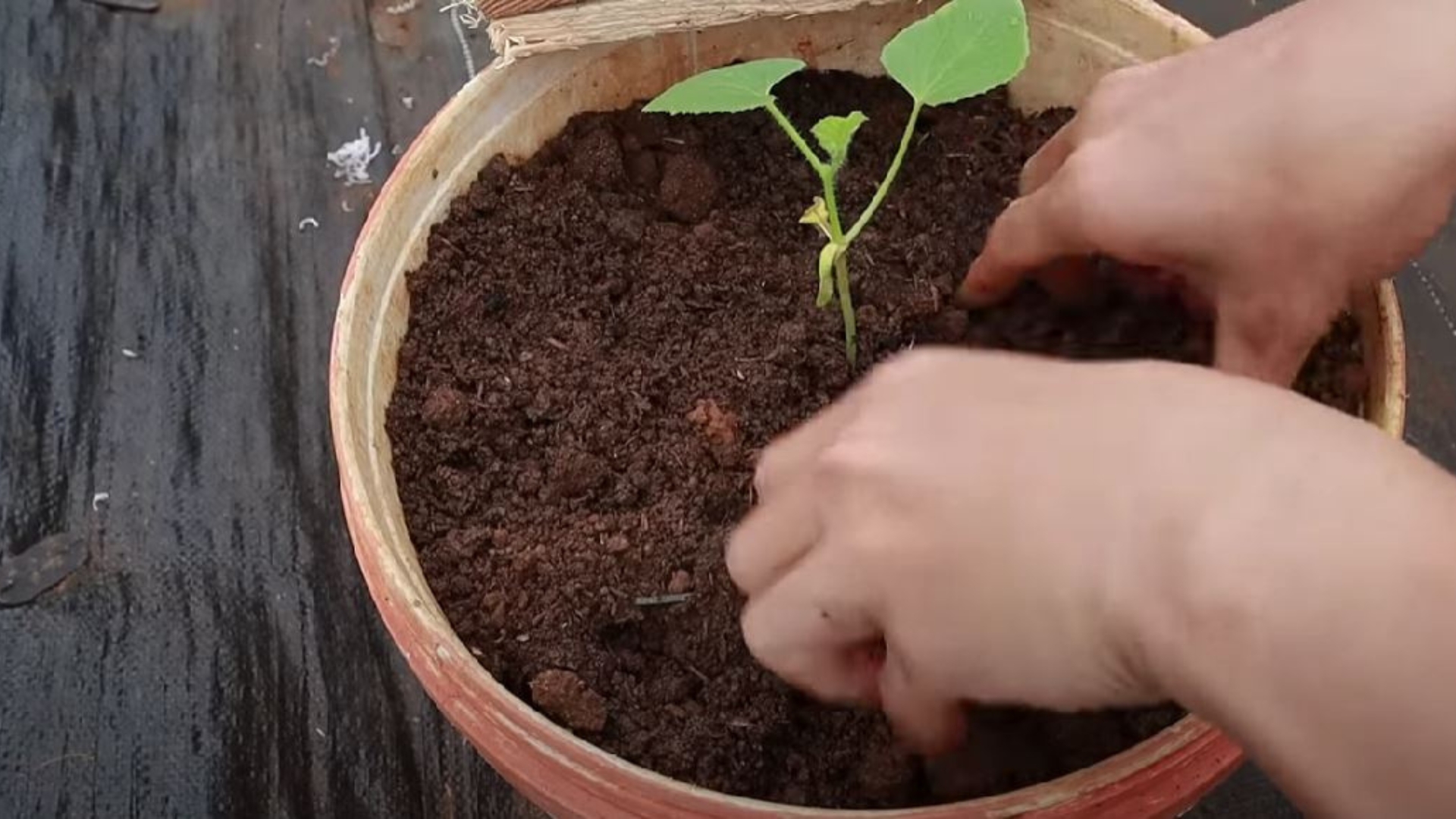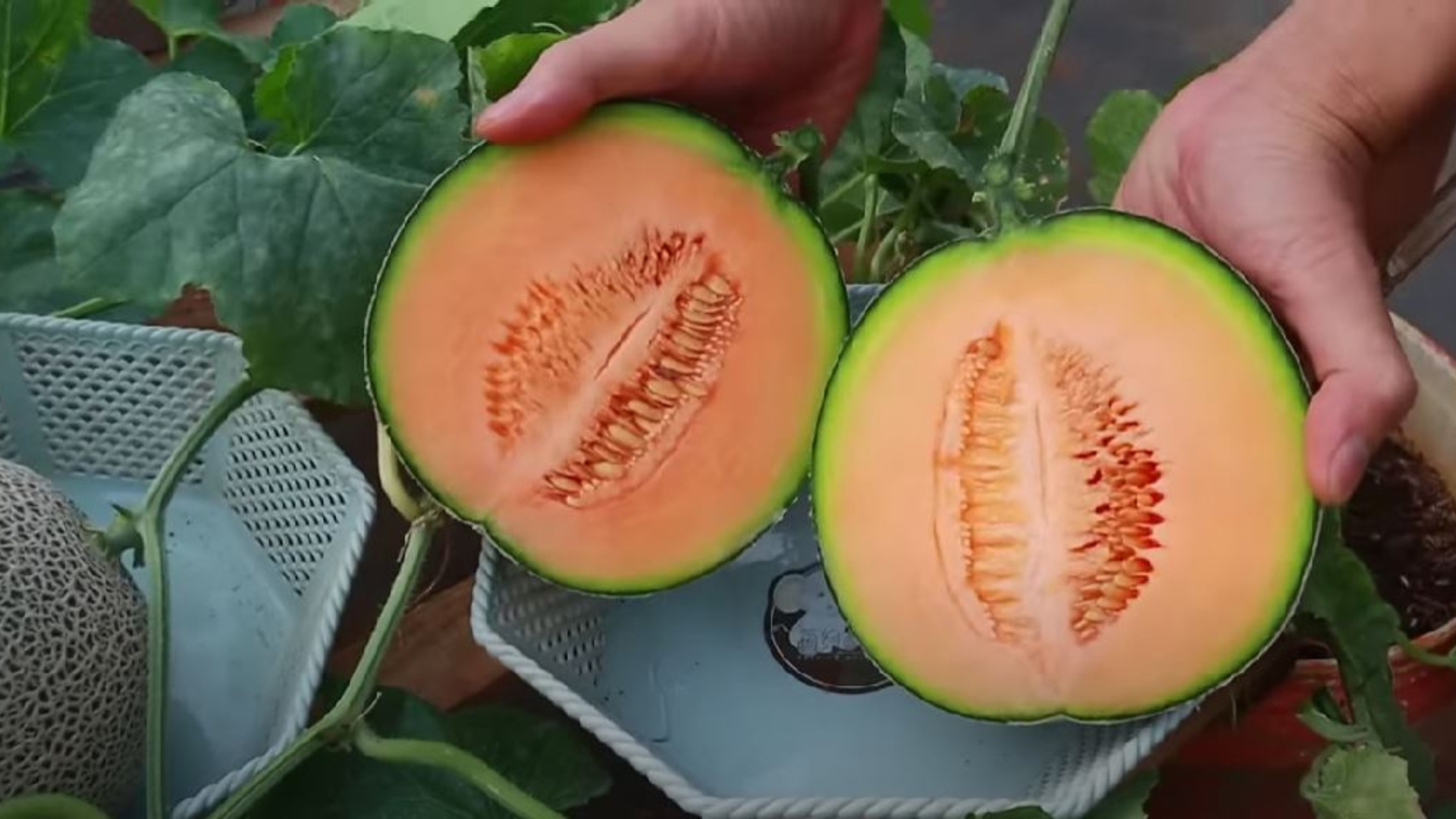It would be great if every gardening enthusiast had a large outdoor space to fit all the plants they want. Since that’s impossible, using all the space we have is our only option.
The good news is that there are excellent ways to use limited space and grow our favorite species. If you like cantaloupes, you may be surprised to hear that these fruits do well even if not provided with a lot of room.
In this article, I’ll show you how to grow cantaloupes in 5-gallon buckets and get an abundance of delicious homegrown fruits with little effort.
Let’s get started!
Choosing The Variety
The first step you need to take is to select a cantaloupe variety that can thrive in containers. Since the space for growth will be limited, it’s best to choose dwarf varieties.
Don’t worry, all the varieties taste heavenly, so no matter which one you choose, you’ll be rewarded with sweet and juicy fruits.
Minnesota Midget is a dwarf variety that is renowned for its compact size and juicy and sweet 1-2 pound fruits.
An even smaller variety is the Honey Bun, characterized by small fruits with a lot of sugar content.
If you prefer larger fruits, you can grow the Sugar Cube cantaloupe, which produces 4-6 pound fruits. It isn’t a dwarf variety but its mature size makes it perfect for container growing.
Of course, you can grow other varieties as long as they don’t require a lot of space and produce smaller fruits.
The Ideal Soil Type
After purchasing the seeds of a selected cantaloupe variety, the next thing you need to do is prepare the soil.
There are three factors you need to consider when preparing your soil: drainage, fertility, and pH level.
Cantaloupes thrive best if provided with quick-draining, nutrient-rich, and mildly acidic to neutral soil.
If you have a standard potting soil at hand, you’ll need to amend it with a few ingredients until you get the desired texture. Vermiculite and perlite make excellent amendments to soils that lack drainage and aeration.
To boost the nutrient levels in the cantaloupe growing substrate, I highly recommend topping the soil with compost or well-rotted manure.
The last step is to check and adjust the pH level of the soil. So take a pH meter, test the soil, and if it displays numbers between 6.0 and 7.0, you can proceed with planting your cantaloupes.
If the pH is lower than recommended, you can use lime to increase it. On the other hand, if it’s higher than it should be, add sulfur to decrease it.
How To Start Cantaloupe Seeds
These fruits do best if started from seeds, and you can do it indoors or sow them directly in the ground.
Since the method I’m about to show you is centered around container growing, you need to start the seeds indoors. The best time to sow cantaloupe seeds is approximately a month before the last expected frost date.
Prepare seed trays or a few smaller pots, fill them with pre-moistened growing substrate, make holes in the center, and sow the cantaloupe seeds.
The seeds will germinate best if provided with a temperature of around 85 degrees Fahrenheit. If you can’t find a spot with such temperatures, consider investing in heat mats.
Your main goal is to keep the soil with cantaloupe seeds consistently moist but never waterlogged. It typically takes two weeks for the cantaloupe seeds to germinate and develop the first sets of true leaves.
Preparing The Buckets
Before transplanting the cantaloupe seedlings, you need to prepare the containers, i.e., 5-gallon buckets.
You need to clean your buckets thoroughly to avoid contaminating the soil. The next thing you need to do is make drainage holes in the bottom of your buckets.
Remember, cantaloupes need good drainage because their roots quickly rot if they sit in standing water.
Drill a few holes in the bottom of each container and fill them with free-draining growing substrate.
Making Structural Support
You may already know that cantaloupes are fruit vines and they need structural support to generate fruits.
When growing cantaloupes in buckets, the best option is to make a frame using wood planks. Make a frame with four wood planks, lay more planks in the middle, and align them vertically. Secure everything with wood screws.
Remember that the planks shouldn’t be placed over the buckets; position the frame on the rims of the buckets and cut the planks in the middle to free the space above the fifth bucket.
Transplanting Cantaloupe Seedlings
Now it’s time to transplant cantaloupe seedlings in buckets filled with free-draining growing substrate.
Make a hole in the center of the bucket and carefully remove the seedlings from their current containers. Position the cantaloupe seedlings in the holes and pack the soil around their base well.
How To Care For Cantaloupe Plants Grown In 5 Gallon Buckets
Let’s see what it takes for container-grown cantaloupes to thrive!
Light
Sun exposure plays a vital role in cantaloupe fruit development. You’ll need to ensure at least 6 hours of full sun for your cantaloupes daily.
Make sure the sun isn’t filtered in any way because it will affect the growth of your cantaloupes and, consequently, the fruit production.
Watering Schedule
Container-grown cantaloupes require more moisture, so you’ll need to keep the growing substrate consistently moist.
Shallow watering isn’t an option when it comes to these fruits; you’ll need to water them thoroughly every time, making sure you don’t waterlog the soil.
Proper drainage and holes in the bottom of your buckets will help you avoid this issue.
Fertilizing
These plants are heavy feeders, and that’s one of the reasons why you won’t see cantaloupes in many gardens.
Organic triple 10 fertilizer will do wonders for your cantaloupes in the initial stage of development. Apply the first round of fertilizer approximately a month after planting your cantaloupes.
Once the plant enters the vegetative stage of growth, feed it with nitrogen-rich fertilizer twice a month.
When your cantaloupe plants start generating blossoms, switch to potassium- and phosphorus-rich fertilizers to enhance fruit production.
Fruit Support
No matter which cantaloupe variety you select, the fruits will be heavier than the vines can take.
What you should do is provide support for the fruits when they begin to form. Simply take a few plastic fruit bowls and position them on the wooden planks under the fruits.
It will keep them in place and you’ll avoid breaking the vines.
Here’s a video on growing cantaloupe in buckets.
Harvesting
The number of cantaloupe fruits you’ll get per plant mainly depends on the variety. You’ll know your cantaloupes are ready for harvest once the stems can easily separate from the fruits and the fruits have a sweet scent.
Carefully twist the fruits off the vine and consume them raw or use fruit-storing methods.
Growing cantaloupes in 5-gallon buckets is a fun and highly rewarding experience, especially when you start harvesting and eating them!

